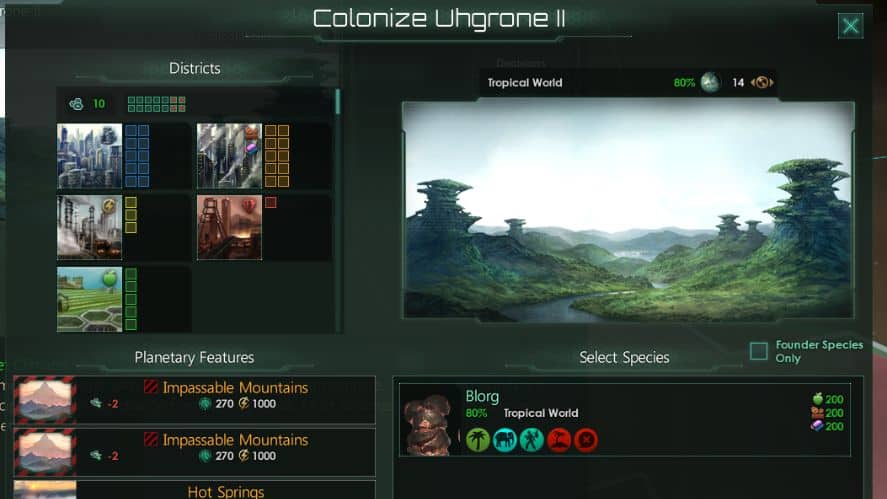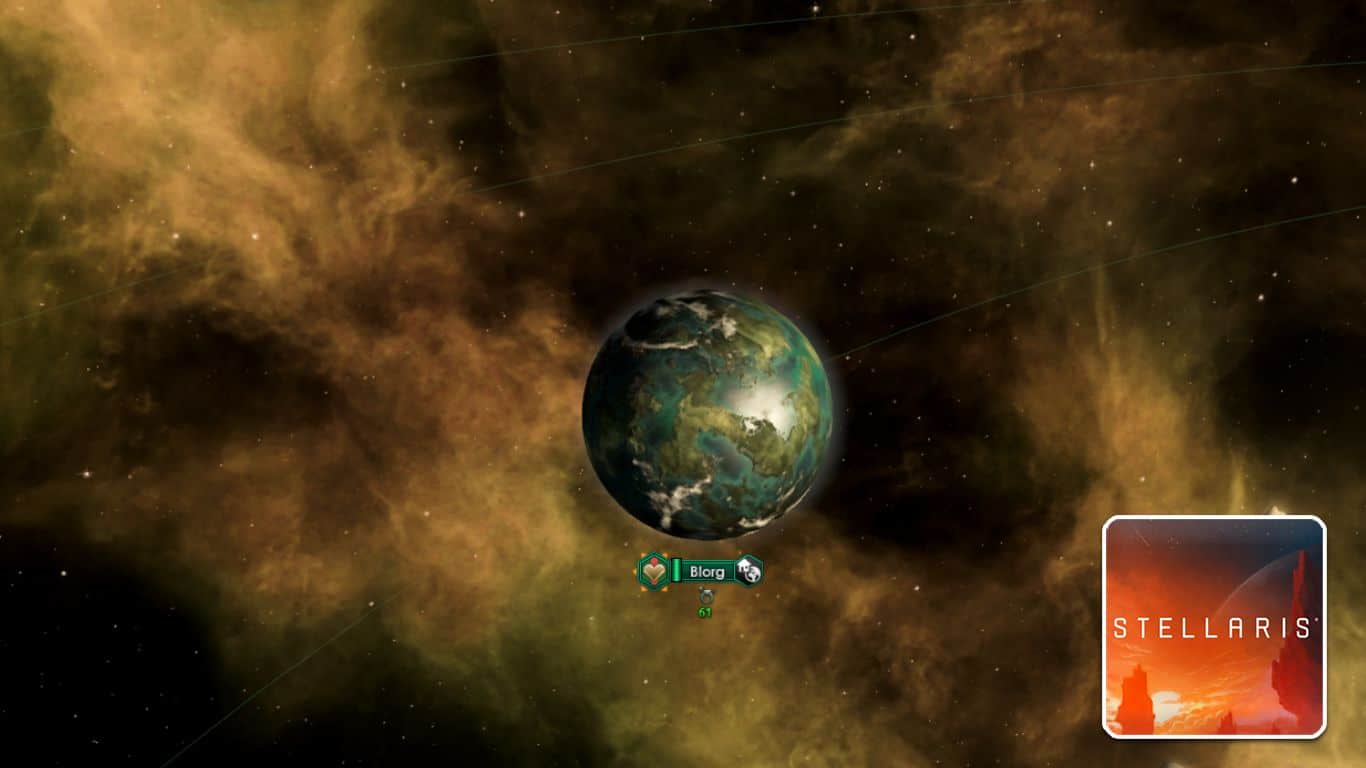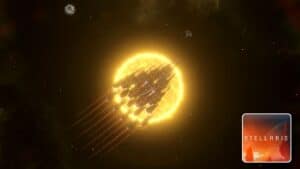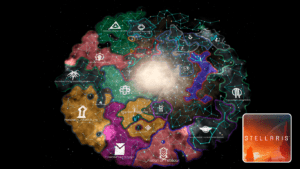Spreading out into the galaxy and colonizing new worlds is a sci-fi enjoyer’s dream. Stellaris lets players act out these fantasies by allowing them to create a vast space empire. This is done by building Starbases and colonizing new worlds.
It may be tempting, as a new player, to spread your empire out as far as you can and to colonize as many planets as you can get your mandibles on. While it is a valid play style, if that is how you enjoy playing Stellaris, it is not the most optimal path you can take.
Recommended Read: What Are the Best Traditions in Stellaris?
Knowing the best time to colonize a planet will teach you to efficiently manage your empire’s growth, which is both sustainable and effective.
The best time to colonize a planet in Stellaris is as soon as you can populate it with a species that matches the climate of the planet. Once a strong habitability score is achieved, and you are happy to take the empire size on, you are good to colonize.
Table of Contents
When is the Best Time to Colonize a Planet in Stellaris
It is seldom a bad decision to colonize a new world. If your empire has the resources and a colonizable planet is within your borders, it would be foolish not to make arrangements to colonize it as soon as possible.
Planets are the foundation of every empire. It is where the majority of industry and research will take place.
The more planets you own, the more pops you can produce; the more pops you have, the greater the economic potential of your empire.
With that said, when selecting a planet to colonize, there is a hierarchy of considerations you should consider first. This hierarchy is as follows:
- Habitability
- Size
- Empire size
If the planet you wish to colonize satisfies all three of these considerations, it is the best time to colonize that planet.
Habitability
Every species in the game will have a habitability preference based on their home planet.
There are three different climates; dry, wet, and frozen. These climates are then split into three different categories again. A planet type and climate are what determine a species’ habitability score on foreign worlds.
Your home world will provide 100 percent habitability for obvious reasons. If planets you find out in the galaxy have a similar climate to your home world, they will have a higher habitability score than one that has a different climate.
Let’s say your species started on a planet with a frozen climate and selected the arctic planet type. Any planets you find that are both arctic and frozen, will provide an 80 percent habitability score.
If the planet has the frozen climate but one of the other two types; alpine or tundra, you would only get a 60 percent habitability score. Planets with a Dry or Wet climate will give a 20 percent score.
Habitability is important because, for every 1 percent your species is below 100, you receive stacking negative modifiers. These modifiers will increase pop amenity usage, decrease job output, and decrease pop growth.
There are a lot of technology and tradition tree bonuses that can affect habitability, making more planets viable options.
I would recommend only targeting planets that have a 75 percent habitability score. If you want to colonize a world that has the wrong climate type, you have three options. Terraforming, genetic modifications, and forming migration treaties.
Size
Colonizing a world is a significant investment in terms of resources and time.
If you play long enough, a planet will pay for itself multiple times over. That being said, the speed at which a planet can return on that investment is determined by its size.

A planet will have a size between 12 and 25. A moon will be between sizes 10 and 15.
A planet’s size dictates how many districts can be built on a colonized world. More districts means that the planet can support more pops, and that means more pops working jobs, producing value for the empire.
If there are two colonizable planets in your empire with a good habitability score. One is a size 12, and the other is a size 21. You should always target the larger planet first. It will cost the same price to colonize, and its potential output far exceeds the smaller planet.
Empire size
Empire size is a complicated beast in Stellaris. I wrote a full guide on the topic that you can check out here. For this guide, I will be keeping my explanation of the Empire size mechanic simple.
The larger your empire is, in terms of star bases, pops, and planets, determines your empire size score. The higher this score is, the slower your empire will advance.
The costs for research, traditions, and many other features become more expensive.
While increasing your Empire size score is an inevitable consequence of running a space empire. Wildly spreading out and growing too fast can slow your advancement to a crawl.
If you have been growing in size a lot recently, it may be worth considering a pause on expansion for a while. Giving your planets time to develop and let their output increase.
This greater output from your developed worlds will offset the empire size penalties.
There we have it. As long as you keep those three factors in mind when growing your empire, you will not go wrong when finding the best planet to colonize in Stellaris.
If you have any questions or suggestions for this guide, please let us know in the comments section below. As always, have fun colonizing strange new worlds in Stellaris.




